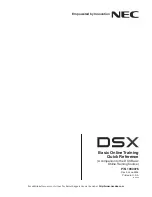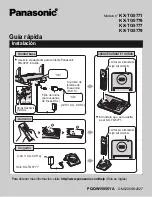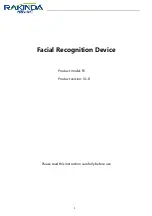
Chapter 4 - 142
Features
NEC Business Solutions Ltd
XEN Topaz
Doc. No. 8
846 - Re
lease 2.0
April 2005
DID Routing Through the VRS
DID calls can optionally route through the VRS. The DID caller hears an initial
Automated Attendant Greeting explaining their dialling options. If the caller misdials,
they can hear a second greeting with additional instructions. For example, the first
Automated Attendant Greeting can be, “Thank you for calling. Please dial the extension
number you wish to reach or dial 0 for the operator.” If the caller inadvertently dials an
extension that doesn’t exist, they could hear, “The extension you dialled is unavailable.
Please dial 0 for assistance or dial # to leave a message so we can call you back.”
You assign Automated Attendant greetings (i.e. VRS Messages) to the numbers in
each Translation Table. This provides you with extensive flexibility when determining
which greetings the system should play for which dialled numbers. You could, for
example, set up 926 5401 through 926 5449 to route to extensions 301- 349, and have
926 5450 route to the automated attendant.
SMDR Includes Dialled Number
The SMDR report can optionally print the trunk’s name (entered in system
programming) or the number the incoming caller dialled (i.e., the dialled DID digits).
This gives you the option of analysing the SMDR report based on the number your
callers dial. (This option also applies to an ISDN trunk as well.)
DID Intercept
DID Intercept automatically reroutes DID calls under certain conditions. There are three
types of DID Intercept:
•
Vacant Number Intercept
If a caller dials an extension that does not exist or misdials, Vacant Number
Intercept can reroute the call to the programmed DID Intercept extension
ring group or Voice Mail. Without Vacant Number Intercept, the caller hears
error tone after misdialling.
•
Busy Intercept
Busy Intercept determines DID routing when a DID caller dials a busy exten-
sion. If Busy Intercept is enabled, the call immediately routes to the pro-
grammed DID Intercept extension ring group or Voice Mail. If Busy Intercept
is disabled, the call follows DID Camp-On programming (see below).
•
Ring-No-Answer Intercept
Ring-No-Answer Intercept sets the routing options for DID calls that ring
unanswered at the destination extension. With Ring-No-Answer Intercept
enabled, the unanswered call reroutes to the DID Intercept extension ring
group or Voice Mail after the DID Ring-No-Answer Time interval. If Ring-No-
Answer Intercept is disabled, the unanswered call rings the destination until
the outside caller hangs up.
DID Intercept Destination for Each DID Number
With this feature the system allows you to program a DID Intercept destination for a
DID number which receives no answer or busy call. The system can be programmed to
use a trunk ring group, the VRS or the voice mail as the programmed destination. Each
DID number can have two destinations. The first destination is for an invalid DID
number, busy or no answer extension. The second destination is for a no answer trunk
ring group.
















































